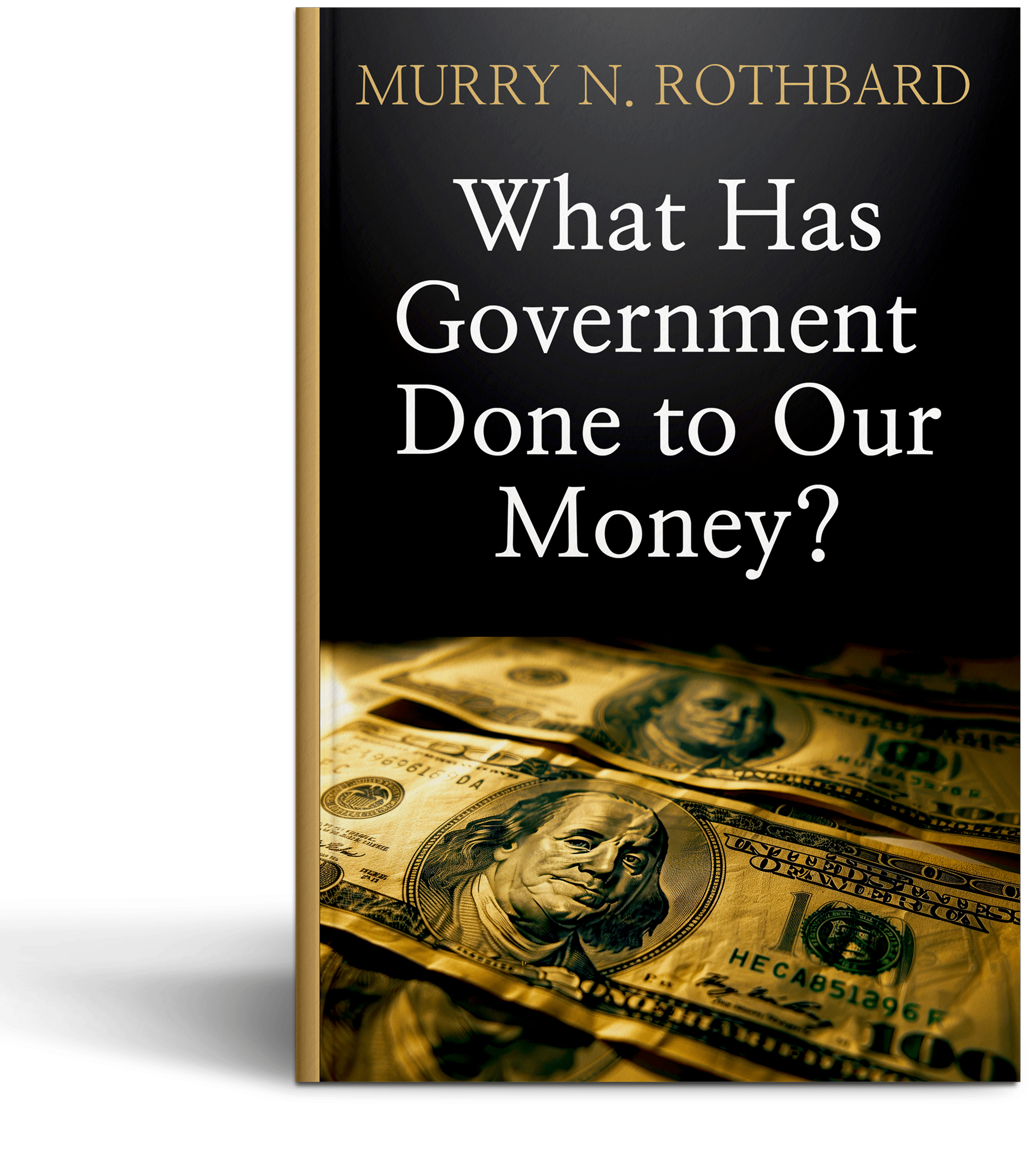•
The Dollar’s Path Into 2026: Why Money Supply Still Matters
In the final weeks of 2025, many investors are asking the same question: Are we finally past the inflation scare? After all, the CPI headline number has cooled, the Federal Reserve has paused its rate-cut...
